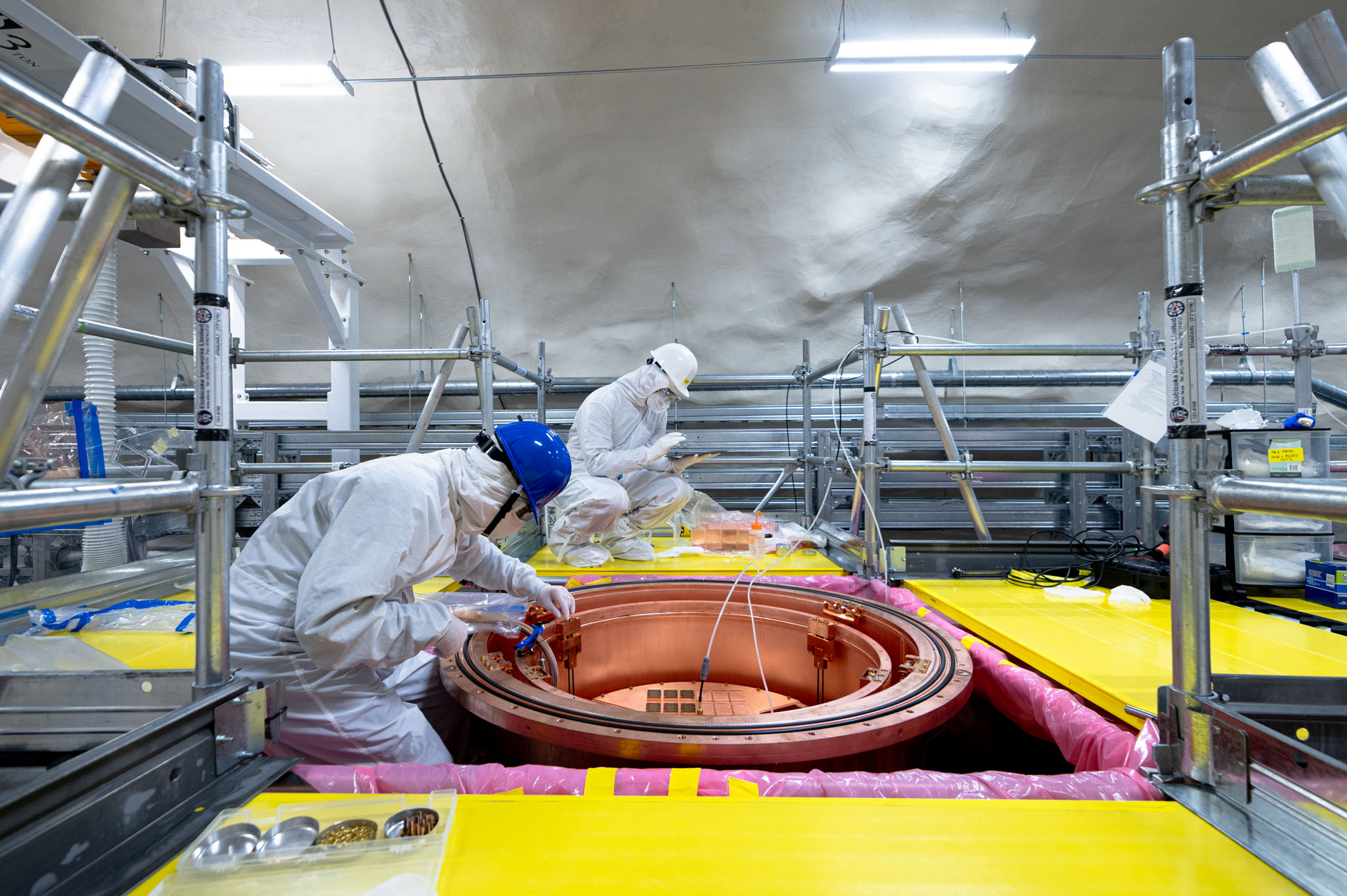
Searching for dark matter at SNOLAB
Dark matter all around us
There is far more to our universe than meets the eye. Everything we can see and all the stuff that we know exists, makes up just 5 percent of the known universe. So, what about the other 95 percent? Astronomers and astrophysicists believe that over 25 percent of the missing mass and energy in the universe is made up of dark matter. They estimate that although invisible, dark matter particles outnumber regular matter by a ratio of about five to one. It seems to be hiding in plain sight presenting a real mystery.
A mystery that researchers are working to solve. Indirect evidence tells us that dark matter exists—in the gravitational effects of galaxies and in the way that light bends around objects in space. Understanding the nature of dark matter will help us to better understand the universe in which we live and efforts could lead us to exciting new questions or to new technologies.
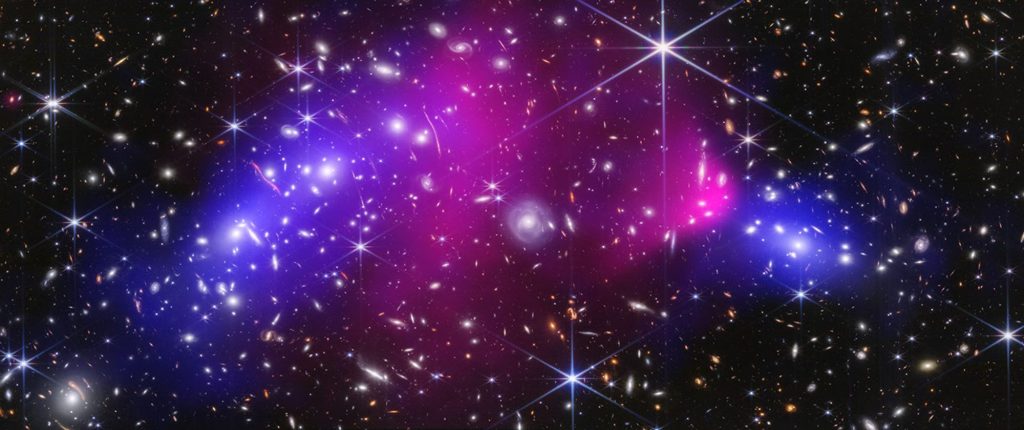
A global effort
Experiments around the world continue to search for dark matter, yet this ubiquitous substance remains a mystery. Efforts fall into three main categories – direct searches, indirect searches, and accelerator searches. Direct searches look for the energy that is transferred when dark matter interacts with a target material here on (or in) Earth. Indirect searches look for the products of dark matter annihilations or decays. Products can include neutrinos, gamma rays or cosmic rays. Collider searchers look for the signature of dark matter in particle collision experiments.
All the experiments at SNOLAB are direct searches for dark matter and each is designed to be sensitive to dark matter candidate particles known as Weakly Interacting Massive Particles – WIMPs for short. These are long-term experiments that are the combined effort of an international group of researchers and technical staff known as a collaboration.
Searches underway at SNOLAB
DAMIC (Dark Matter In CCDs)
DAMIC is an experiment that uses CCDs (charged coupled devices) to look for dark matter interactions. CCDs are the same technology found in cameras and cell phones. When a dark matter particle interacts with the CCD, the energy change can be measured, creating a signal in the data. CCD experiments are literally taking pictures of the dark.
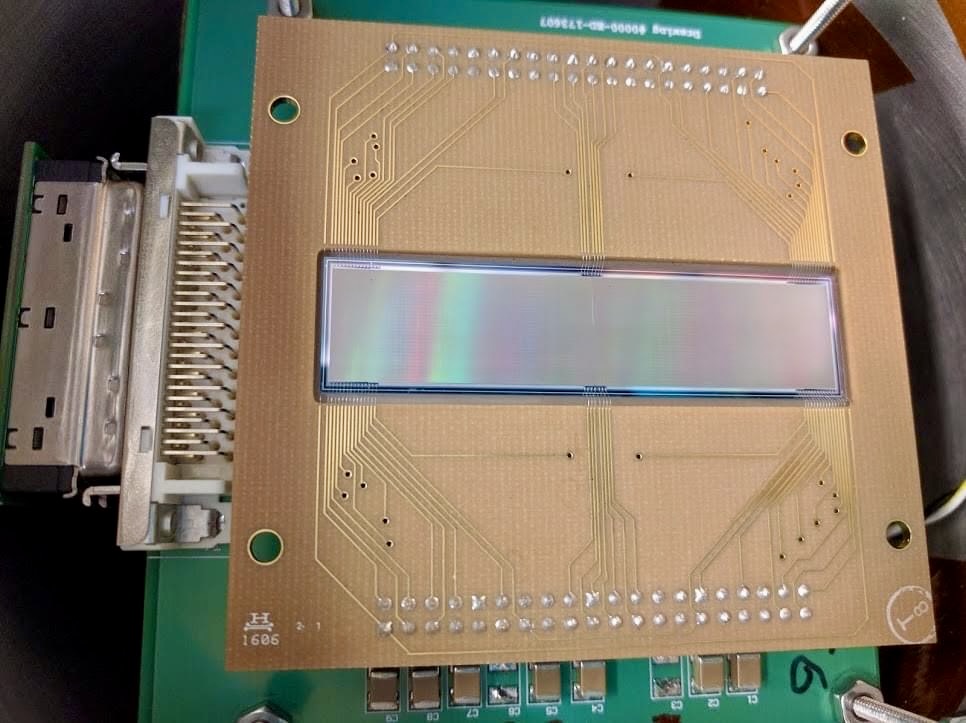
NEWS-G (New Experiments With Spheres – Gas)
NEWS-G uses a spherical copper vessel filled with a gas to search for dark matter. When a particle enters the sphere, it ionizes some of the gas, generating electrons. A sensor in the middle of the sphere is held at a high voltage to attract the electrons, creating an electronic pulse that can be measured.
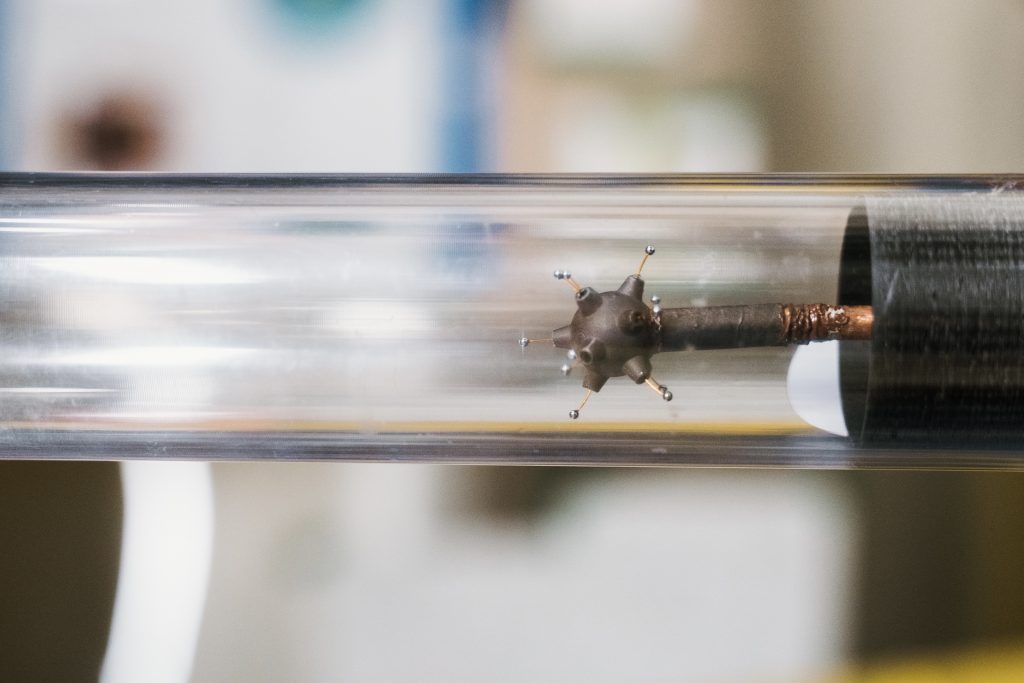
DEAP-3600 (Dark matter Experiment using Argon Pulseshape discrimination)
DEAP-3600 uses a vessel with 3600 kilograms of liquid argon to look for dark matter. When argon atoms are excited by particle interactions, they produce ultraviolet light with a specific pattern in time. This light is then detected by sensors that surround the vessel and is analyzed to determine what caused it.
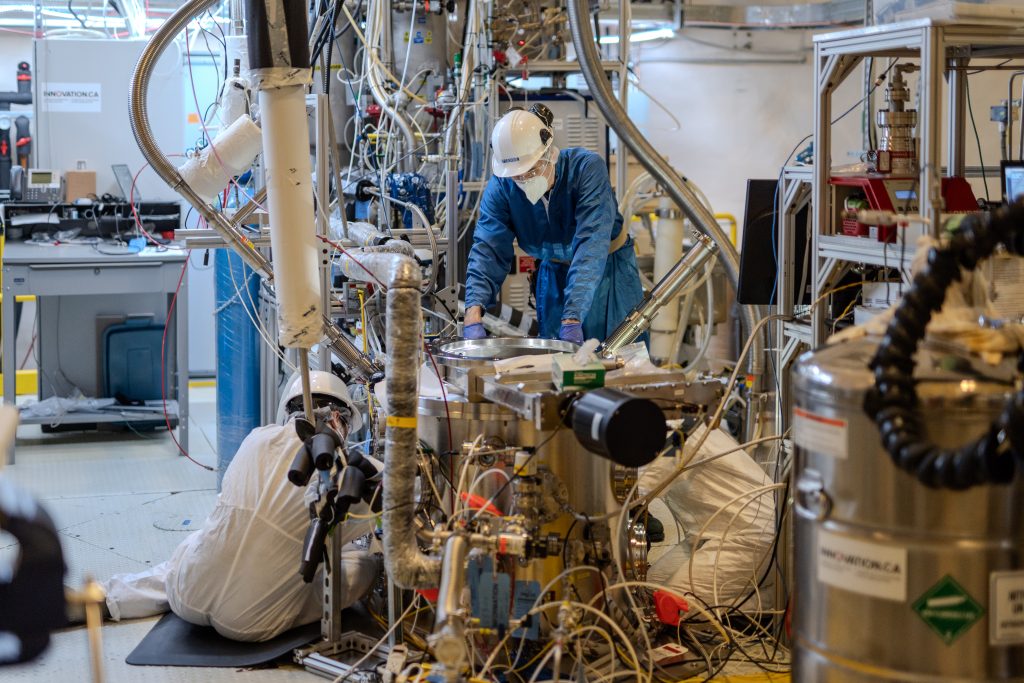
PICO 40L and PICO 500
PICO uses a bubble chamber to look for dark matter. The fluid in the bubble chamber is superheated, so when a particle interacts, it boils and creates a bubble. This bubble is captured on cameras and microphones that take photos at approximately 100 frames per second. Studying the details of a bubble can tell scientists about the particle that caused it. There are two experiments underway – a mid-sized 40 litre version and a scaled up PICO-500 with a target mass of 250 kilograms.
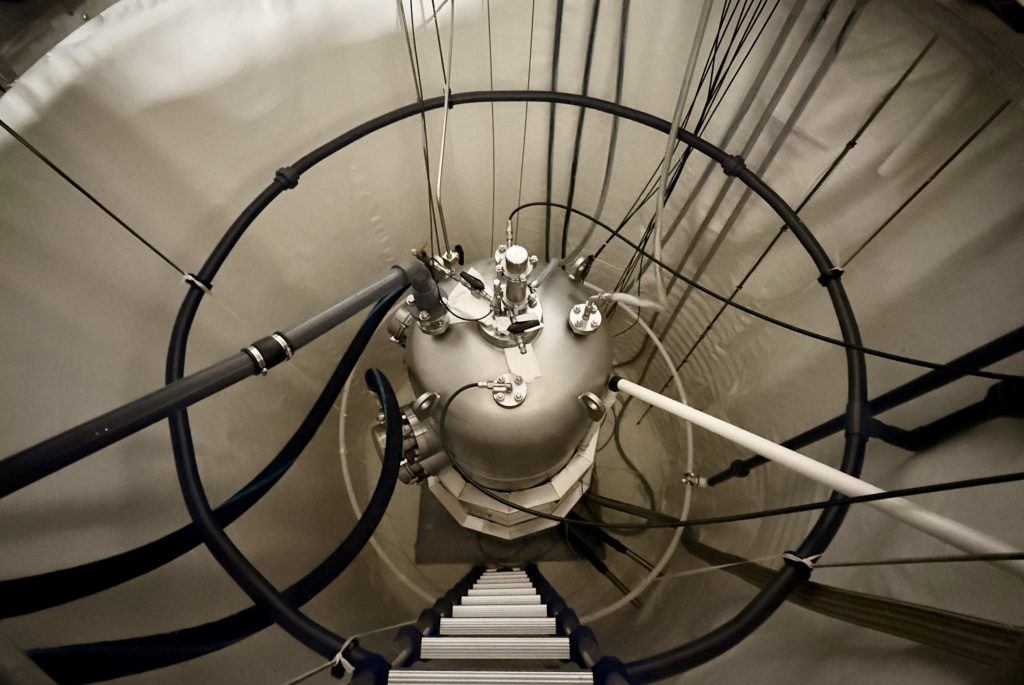
SENSEI (Sub-Electron Noise Skipper Experimental Instrument)
SENSEI uses ultra-low noise CCD sensors to search for dark matter. When a particle interacts with the CCDs, there is a small energy change which is captured by its millions of pixels. SENSEI can count every electron within a pixel which leads to accurate measurements and no background noise.
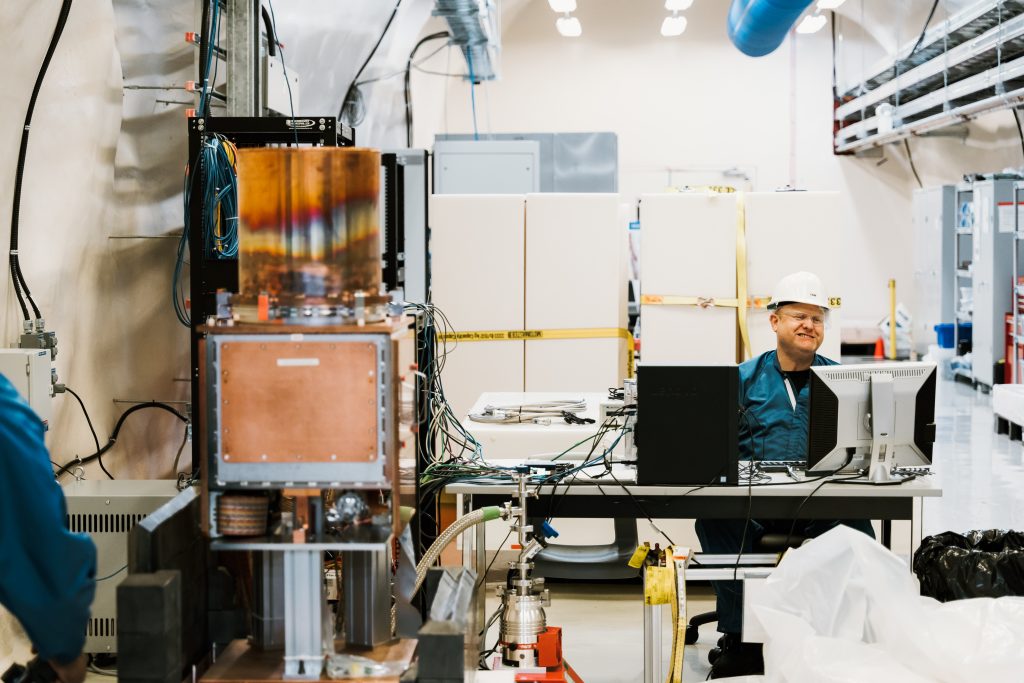
SuperCDMS (Super Cryogenic Dark Matter Search)
SuperCDMS uses ultra-cold silicon and germanium crystals to detect dark matter. When a dark matter particle hits the crystals, it deposits a small amount of energy into them, which can be measured. The crystals are kept at extremely low temperatures to reduce thermal noise created by the crystals themselves.
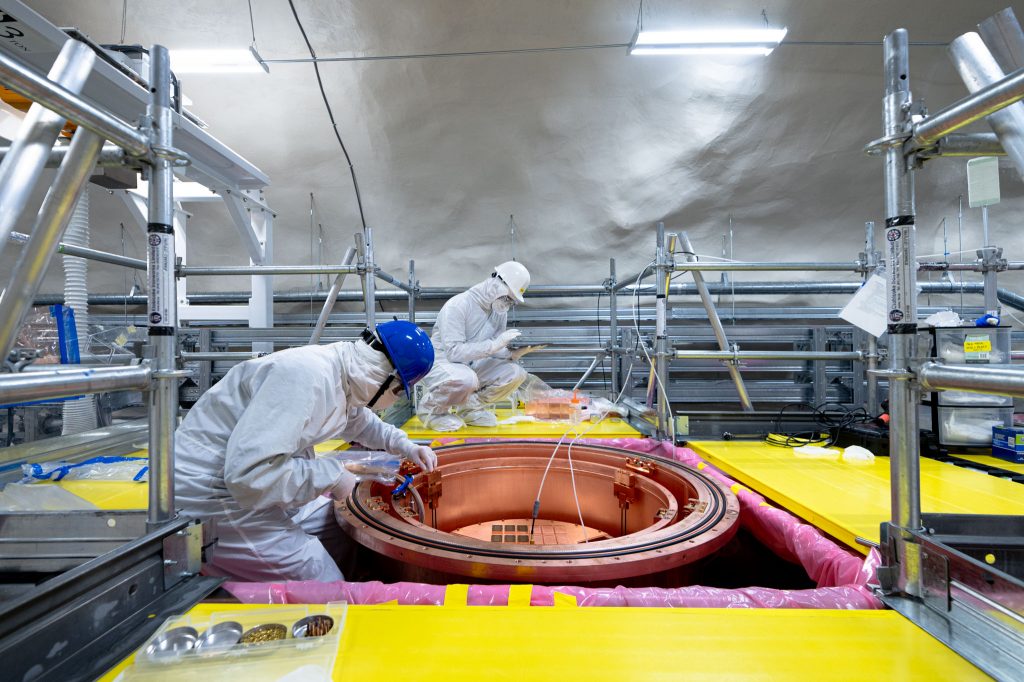
A day for dark matter
Dark Matter Day, is an international public engagement initiative that aims to shed some light on the mystery of Dark Matter. Building on the “ghost of the universe” analogy celebrations happen on and around Halloween around the world. The goal is to engage the science community to share what we do know about this cosmic mystery with audiences of all ages.
Dark Matter Day is sponsored by the Interactions Collaboration, an international group of communication specialists at the world’s particle physics laboratories. Explore the event page of the Dark Matter Day website to see what is planned in your region. To learn more about the global hunt for dark matter, explore this interactive map where you may find a dark matter effort underway near you.